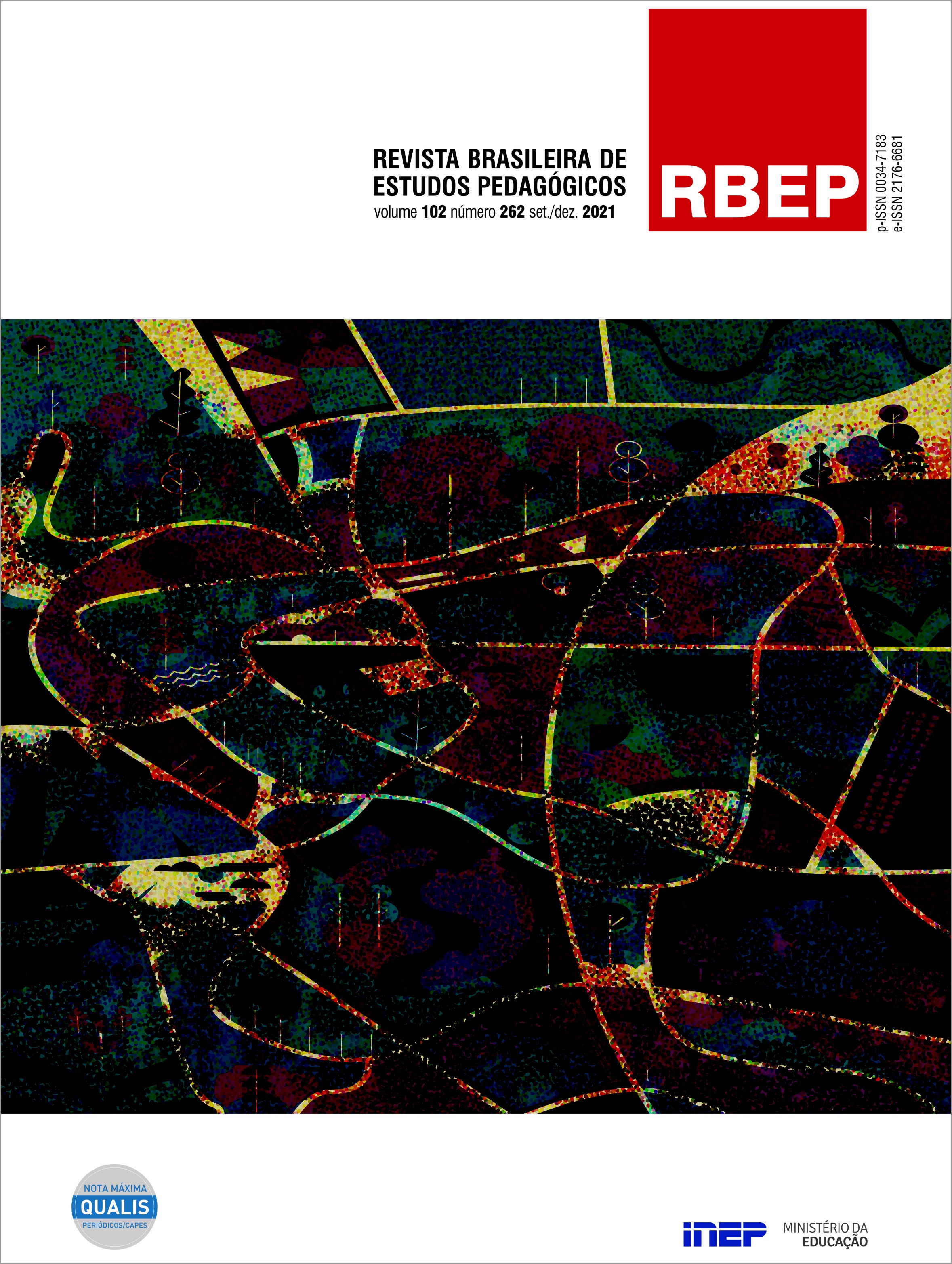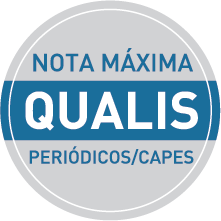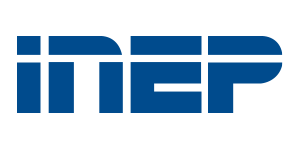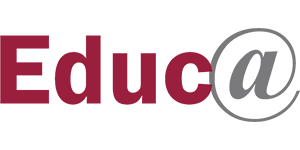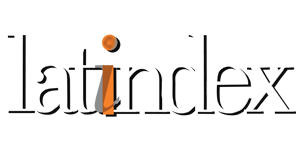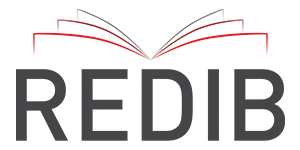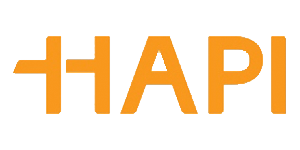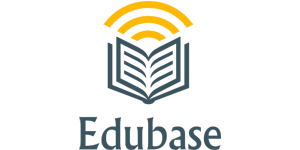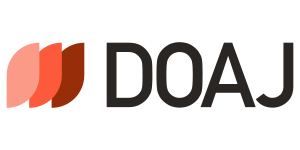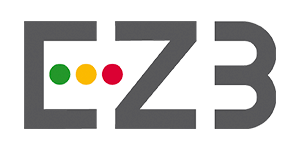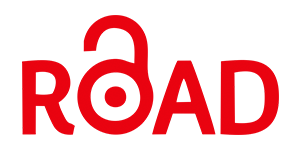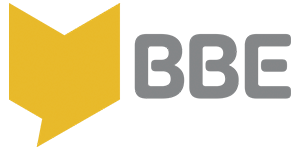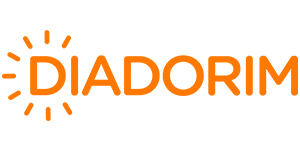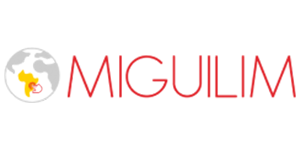The sense of playing and playing as a team in childhood as foundations for the construction of social democracy
Abstract
The aim of this article was to discuss the elementary sense of playing and playing as a team, in the period of human development in childhood, as fundamental elements to democratic citizen education. The study in question is justified because it leads to the understanding of playing as elementary foundations for democratic citizen formation. The investigation takes the qualitative path of the bibliographical and theoretical review, of the authors Mead (2010), Casagrande (2014), Kishimoto (2011) and Maturana (1994), which is intended to the robustness of the discussion of the subject in question. Initially, it addresses the process of development of the child's self-awareness, having in playing and playing as a team the necessary interactive social conditions, the consolidation of the genesis and the structuring of the individual's self (himself). Subsequently, it addresses the issue of democracy as a piece of art, as it is produced daily by fraternal coexistence. It emphasizes playing and playing as a team as essential foundations of democracy. Such activities help in the mechanism of identity construction of the democratic self. Democratic coexistence is constituted by being fundamentally educational, educating children through understanding, dialogue, agreements, awareness, correcting error as something constructive and learning.
Downloads
Copyright (c) 2021 Brazilian Journal of Pedagogical Studies

This work is licensed under a Creative Commons Attribution 4.0 International License.
Once their work is accepted for publication, author’s copyrights are automatically relinquished to the National Institute for Educational Studies and Research Anísio Teixeira (Inep).
Since 2016, the journal Revista Brasileira de Estudos Pedagógicos (RBEP) uses the licence CC-BY.
Partial or total reproduction of the content of this Journal is permitted provided that the original publication is properly referenced, as well as a link to license CC BY 4.0 and to indicate any possible alterations made to the article.

